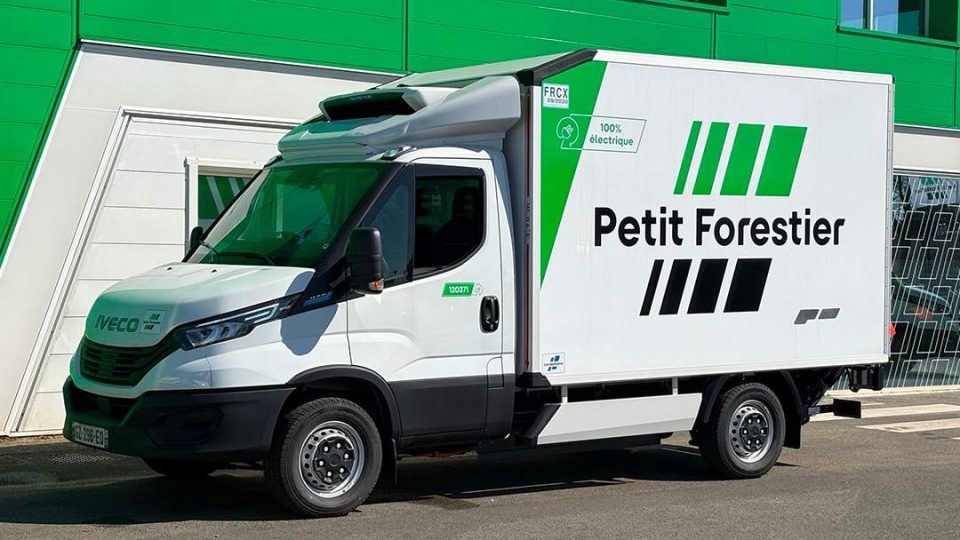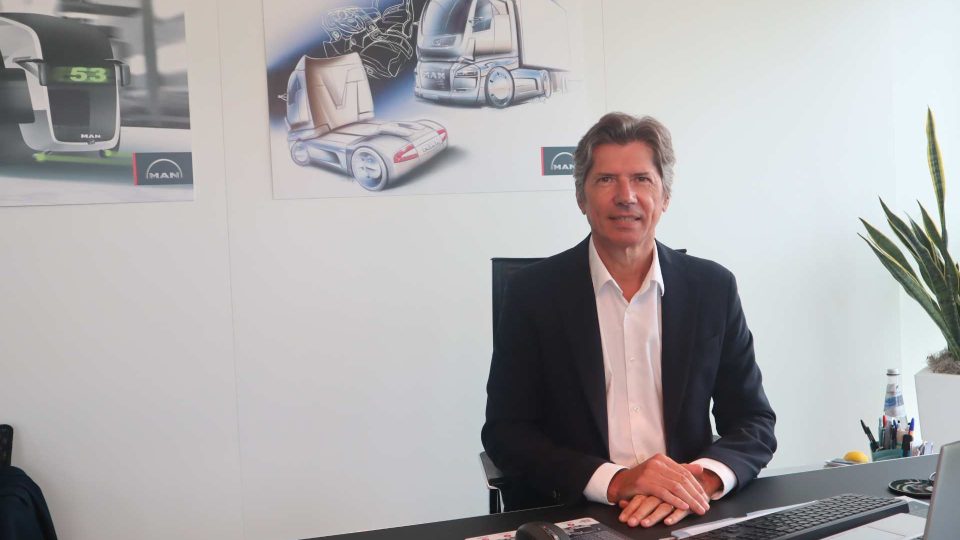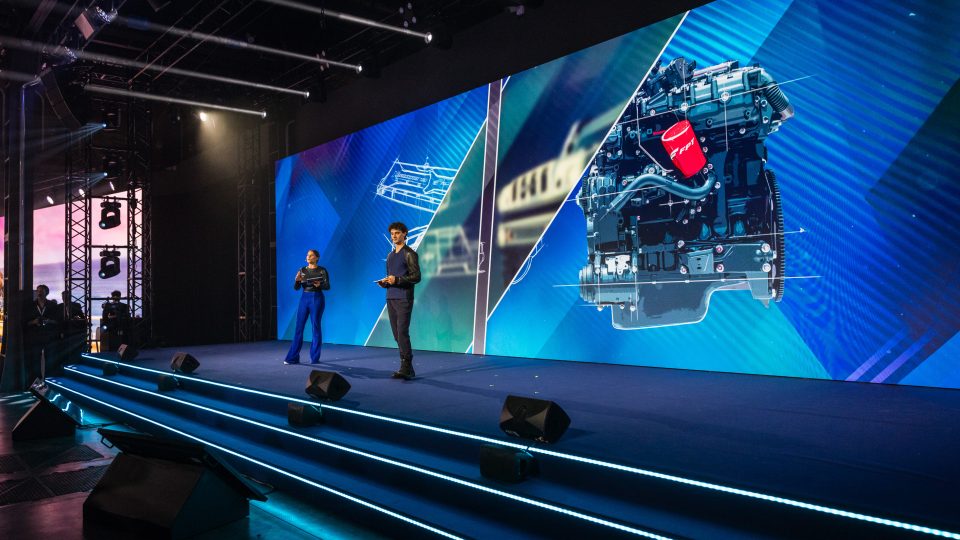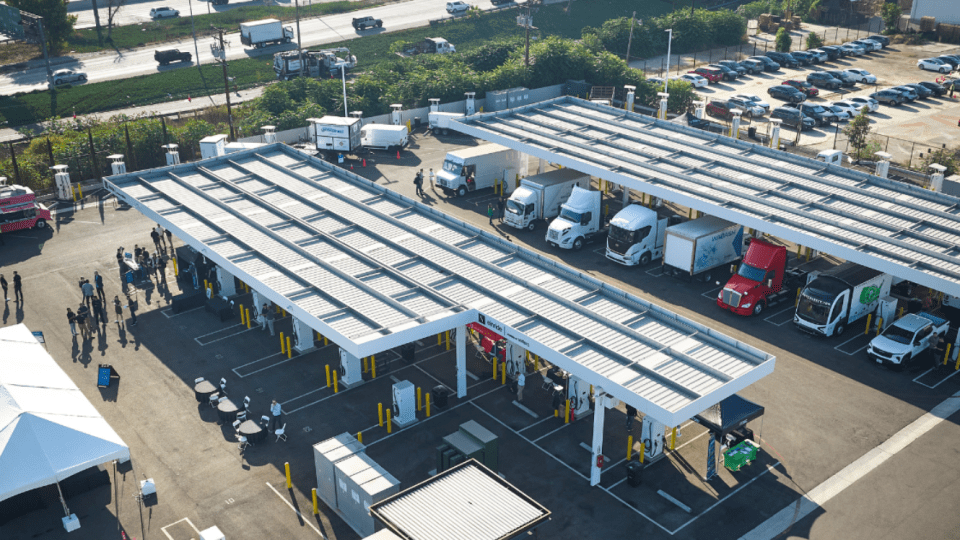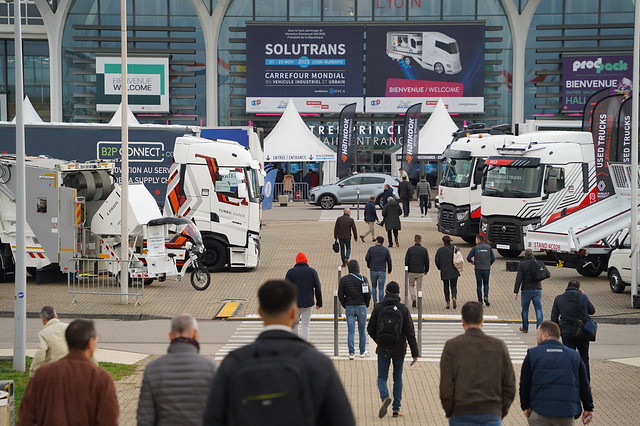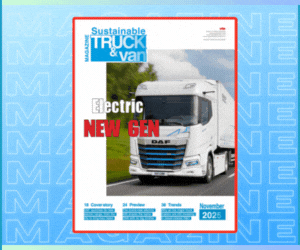Why and how to electrify the truck market. An interview with Dave Bennet, Chief Enginner at Ricardo
«The main challenge facing the truck market is decarbonization of the transport system. There are a number of competing solutions offering different opportunities. Battery electric vehicles are being developed for the smaller vehicle segment, but the limitations of range, battery size and the need for a fast-charging infrastructure are likely to limit their uptake for heavier trucks».
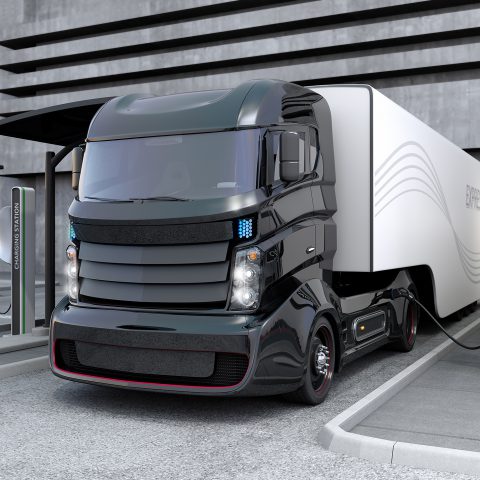
With Dave Bennet, Chief Engineer at Ricardo, we’ve been talking about electrification in the truck market, mentioning several hot and challenging issues that industry is currently facing. OEMs are keen to decarbonize their vehicles, as well as fleet owners, increasingly attracted by low- and zero-emissions solutions. With significant differences between long- and medium-haul distance, as well as between heavy-duty and light-duty vehicles.
Ricardo for the truck market: decarbonization as a major challenge
How’s Ricardo currently facing the issue of truck electrification? Can we say it is a primary challenge in automotive?
«The main challenge facing the truck market is decarbonization of the transport system. There are a number of competing solutions offering different opportunities. Battery electric vehicles are being developed for the smaller vehicle segment, but the limitations of range, battery size and the need for a fast-charging infrastructure are likely to limit their uptake for heavier trucks.
Catenary systems offer the opportunity for electric vehicles without the need for large batteries but will require large infrastructure investment which is likely to limit their implementation.
Finally, hydrogen powered vehicles (engine or fuel cell), relying on green hydrogen, can provide similar refilling times and range to current diesel-powered trucks, and are likely to be seen as a good replacement for the heaviest vehicles».
Nearly all the main truck manufacturers are working on electrification, while some more newcomers are entering the market. In your opinion, how will the truck market change in the next few years?
«All OEMs expect zero carbon vehicles to be a significant part of their fleet sales in the next 10 years. Electrification brings with it many benefits for the user. Vehicles are quieter. Torque is available more instantly allowing faster acceleration. The technology improvements bring with them software solutions such as Advanced Driver Assistance Systems (ADAS) and connectivity, which help reduce the burden on the driver.
Newcomers with backgrounds in the new technologies are looking to move into the market, and compete against the traditional OEMs. However, at the same time existing OEMs are also looking to lead the market in the new technologies and ownership models, launching all electric and fuel cell truck offerings.
It is likely that with the transition to new technologies most heavy-duty fleet operators will still look to the main OEMs who can supply a full vehicle after sales support. New entrants may be more successful by offering their innovative vehicles and business models to the lighter duty city delivery market».
Last mile and urban distribution
What are the main technological requirements of OEMs when it comes to electrification?
«Efficiency has always been a key attribute for trucks, as this translates to lower cost of ownership. With electrification efficiency of the vehicle becomes more important, as this translates to either a smaller battery, longer operating range or faster charging, which are the key barriers to adoption. Ricardo is supporting improved efficiency through its internal research into efficient Electric Drive Units (EDUs), advanced cooling and thermal management of the battery (through ICoBat – an immersion cooled battery module, using dielectric fluid, that enables significantly faster charging than conventional solutions and with reduced mass), and its connected battery management system».
All OEMs expect zero carbon vehicles to be a significant part of their fleet sales in the next 10 years. Electrification brings with it many benefits for the user. Vehicles are quieter. Torque is available more instantly allowing faster acceleration
Dave Bennet, Ricardo
Last mile and urban distribution. What are the main challenges in terms of vehicle design in this segment?
«Delivering goods and people around cities quickly, efficiently, safely and sustainably has been a known challenge for the industry for a few years, but since the beginning of the global pandemic, the exponential rise of online shopping and takeaway food deliveries has meant that there is an urgent need for optimized last mile and urban logistics solutions.
It’s an interesting conundrum because this sector has a huge variety of needs. The challenges include small footprint, low cost, just sufficiency range, connectivity, autonomy, refrigeration/keep warm».
Is it correct to say that the lack of charging infrastructure is the main obstacle to the immediate success of electric trucks? Why?
«One of the key attributes in an electric truck is the size of the battery. A large battery means a long electric range, but it is also more expensive, adds considerable weight reducing the available payload, and requires a long charging time. A smaller battery is cheaper, but requires more frequent charging with a shorter range.
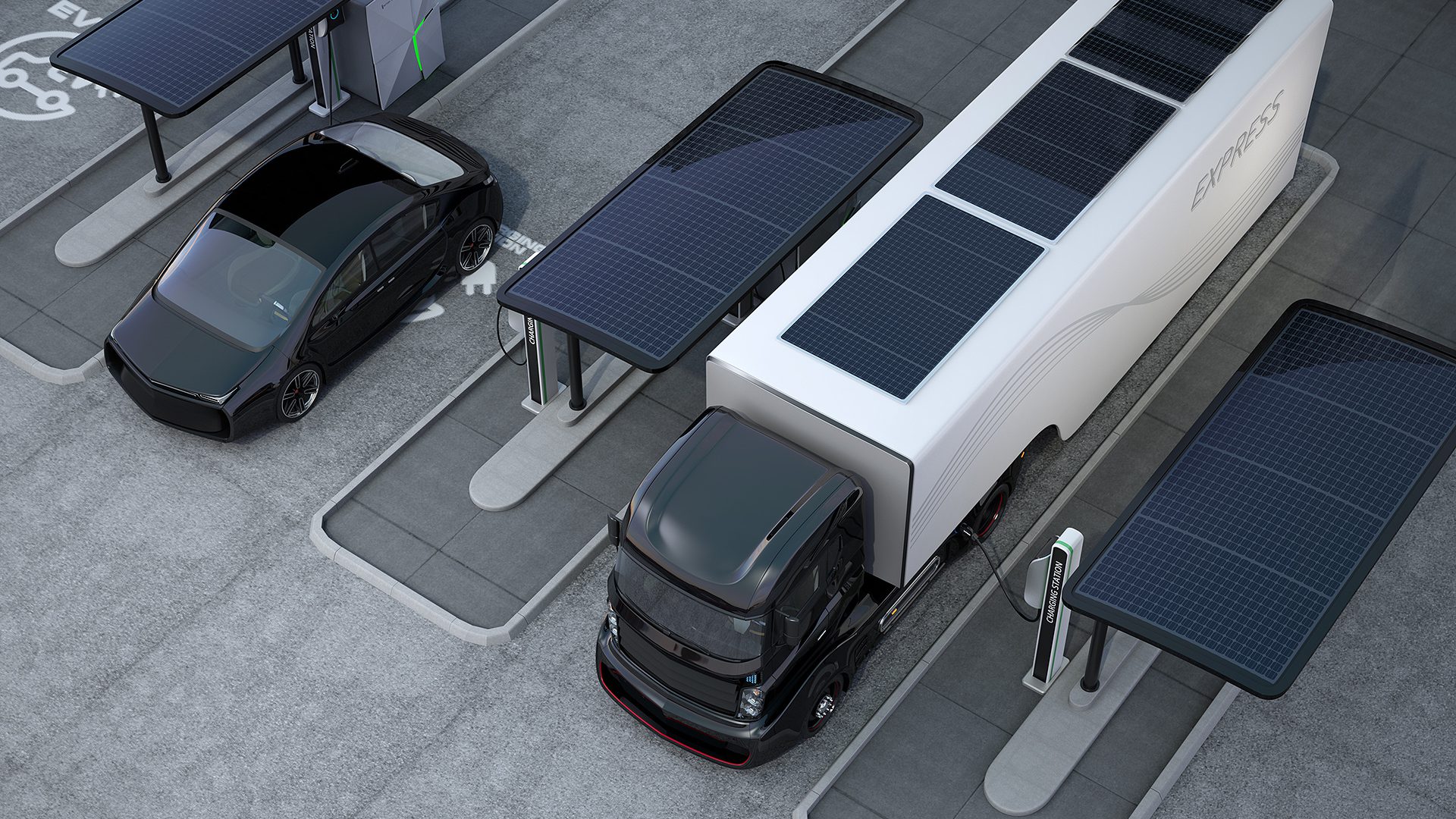
In either case the charging time is longer, and the charging frequency is higher than current fueling of diesel trucks. The key to improving the cost of ownership is a high voltage charging infrastructure suitable for large trucks that spans the large distances and territories these vehicles cover. OEMS are planning to build trucks that can charge a 1MW but until this type of charging network is available across Europe and the UK we are unlikely to see widespread up take of large electric trucks».
Two different strategies for last-mile and long-haul transportation?
«Full electric trucks for last mile and urban distribution, hydrogen-powered trucks (in the medium-to-long term) for long-haul transportation. Is this the most likely scenario?
Full electric is most suitable for vans and smaller rigid trucks with daily distances under 250 km. For these smaller batteries with overnight and opportunistic charging would provide a zero carbon/zero emissions solution suitable for urban operation.
For heavier trucks, battery electric is not easily able to support the distances travelled. For the heavier trucks hydrogen-based solutions, either fuel cell or hydrogen internal combustion engines provide an alternative zero emission or zero carbon solution respectively».
The key to improving the cost of ownership is a high voltage charging infrastructure suitable for large trucks that spans the large distances and territories these vehicles cover
Dave Bennet, Ricardo
What are the current trends and the main challenges as for heavy-duty vehicles?
«The requirement to decarbonize the transport sector, together with possible future tough emissions requirements (Euro VII), are accelerating the adoption of new technologies. However, operators are looking for these technologies to fit into the same operating scenarios (transport routes, payload, range etc.) as current vehicles.
It is likely that the new technologies will also change some of the operating characteristics of vehicles whether through platooning, connectivity, or Advanced Driver Assistance Systems (ADAS). Operators will need to adapt to the new technologies and make the best use of them to improve cost of ownership».



